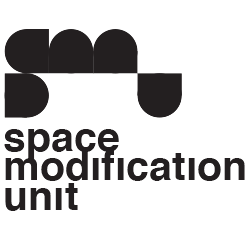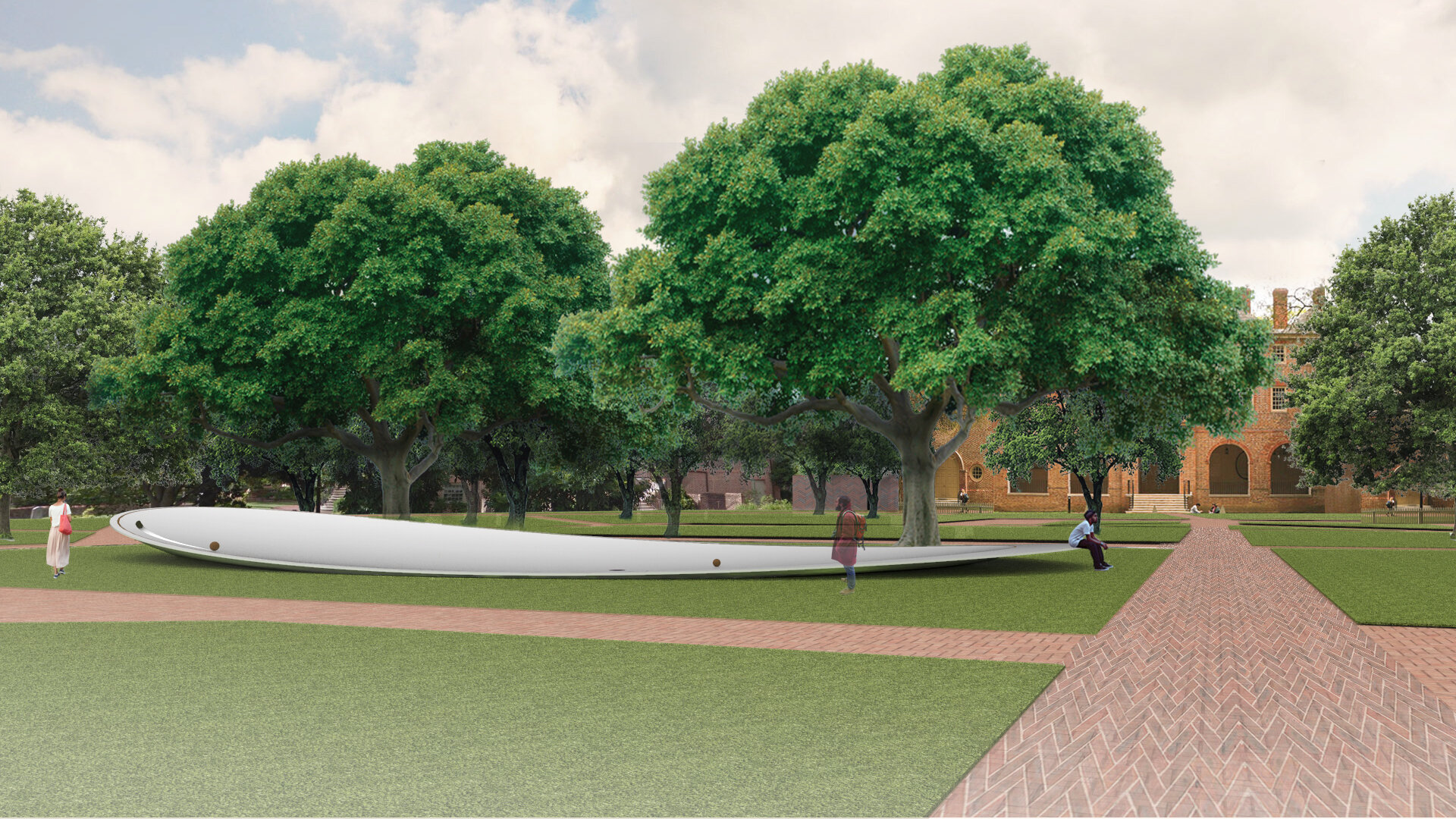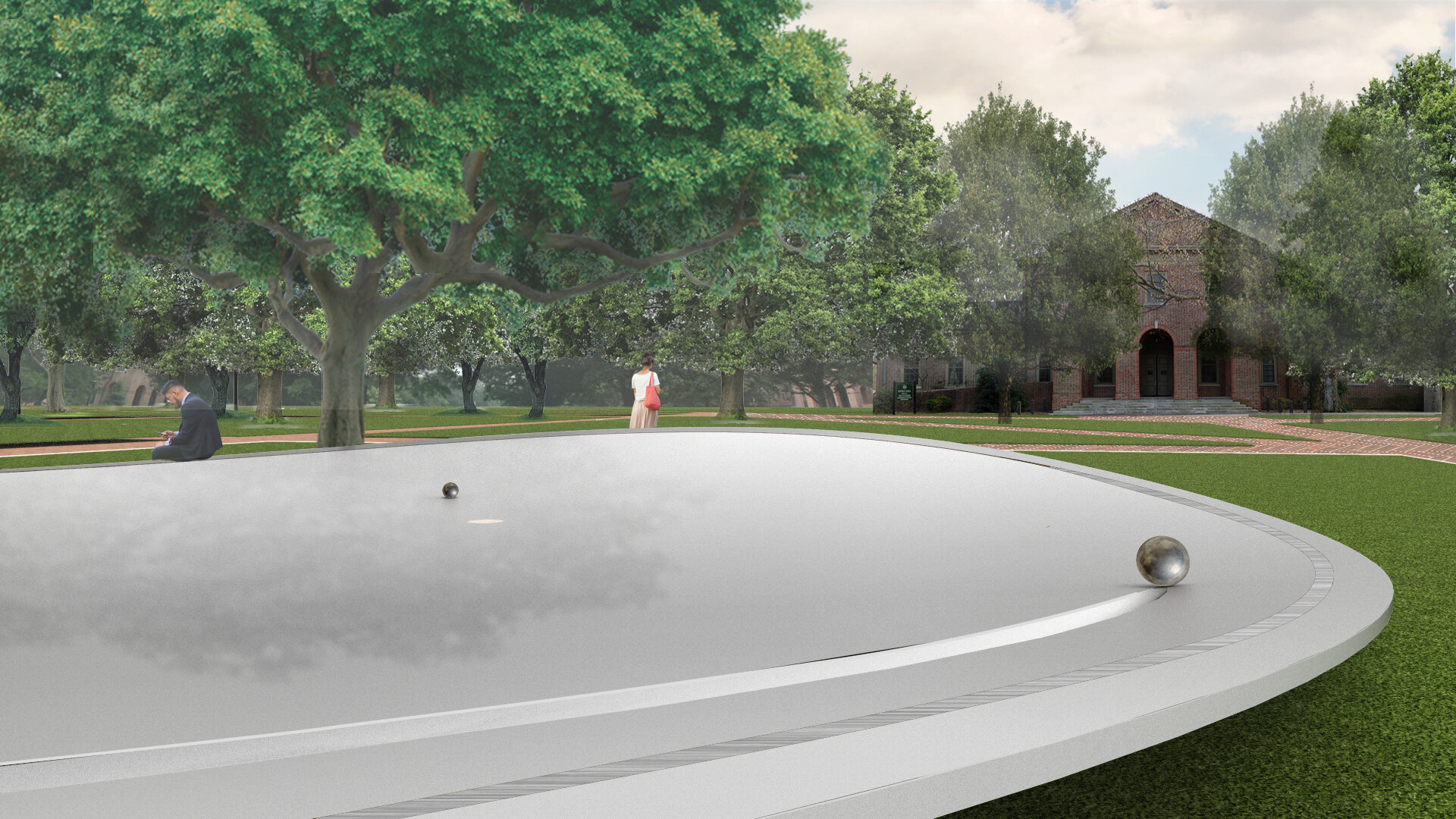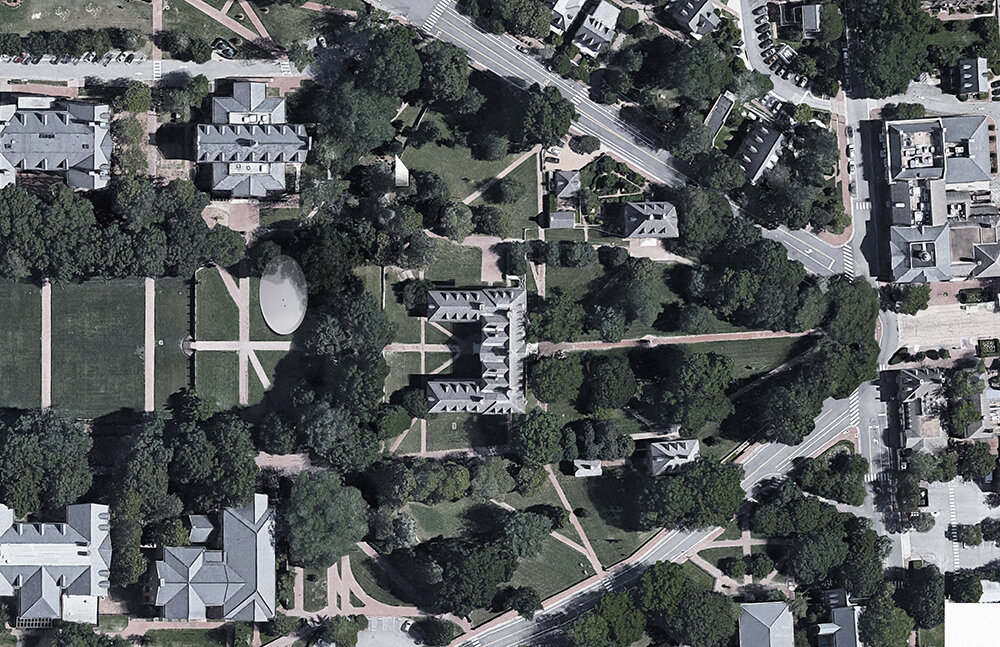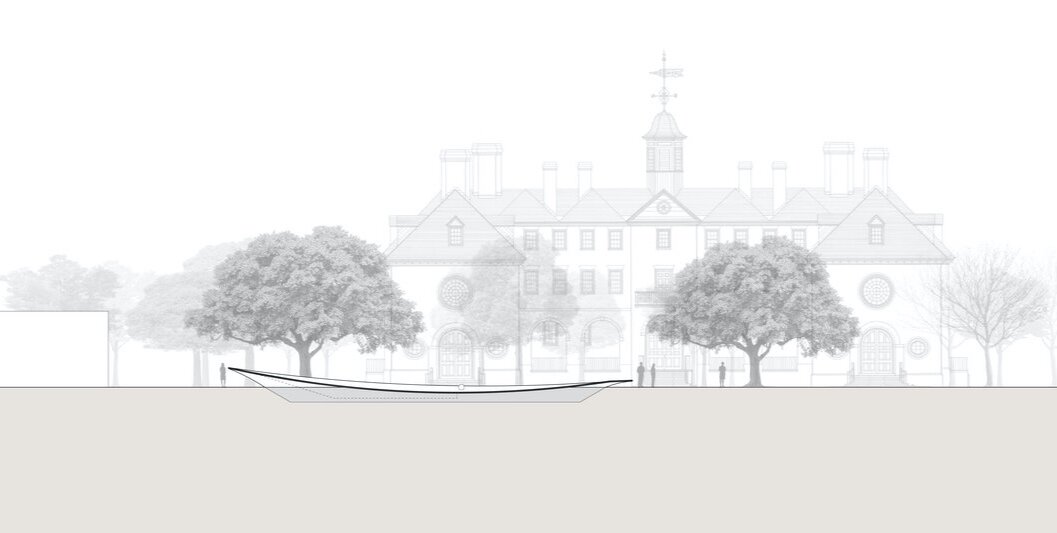No single location, name, object or shape can describe the men, women and children whose labor and lives William & Mary held in bondage from its founding until the Civil War.
The design proposes a vessel to commemorate them as individuals and dignify their forced contribution to this institution. On the perimeter of this vessel we shall rest. It is a place to contemplate in solitude or gather for conversation. The memorial surrounded by a community that is always aware of this ground’s history. A lasting tribute to the enslaved and a promise to optimism and ideals.
The design proposal locates the memorial along the main east-west axis of the campus, about half way between Wren building and Sunken Garden. In order to physically emphasize slavery, exclusion and the suppression of people within a society, the design prescinds from the campus’ rectangular grid, straightness and symmetry by proposing a memorial that is elliptical in plan. A round shape, minimal circumference offering the least contact surface.
Based on the golden ratio the footprint is approximately 105 x 65 ft. The section reveals the vessel-like shape; it is derived from an elliptical cut from a very large sphere. The southern tip of it extends towards the main east-west axis of the campus, inviting to rest on its edge. The center of the memorial lies about 2 ft beneath ground level. Towards the north the memorial rises up to 5 ft. Rooted, generous and sublime.
The memorial is made of honed white granite; along the inner edge of the sphere a brushed stainless-steel ribbon is let-in flush to the granite surface. The names of the enslaved are engraved here.Not much is known about the enslaved men, women and children.
To bring their identities to life, the vessel’s body holds small spheres of different weights and surface textures. Every now and then one of the spheres reveals from a groove like hole at the top edge of the vessel. Gravity takes effect, the sphere will inscribe a spiral path in the shallow concave vessel until it reaches the bottom, where it will disappear in the central opening. A journey that takes about 30 seconds.
Due to their weight and surface texture each sphere will have a slightly different sound and speed when spiraling down. Sound and movement, difficult to ignore, to confront the passerby. To slow their pace and turn their heads, make them feel the weight of the past and responsibility to remember.
The spiral as a symbolic reference to life, or as in Nigeria’s ideographic system nsibidi meaning journey, sun or eternity. The spiral remains a mostly invisible motif, only apparent if the eye follows the sphere’s journey, over the years the monument will gather patina and the path of the spheres will become visible.

